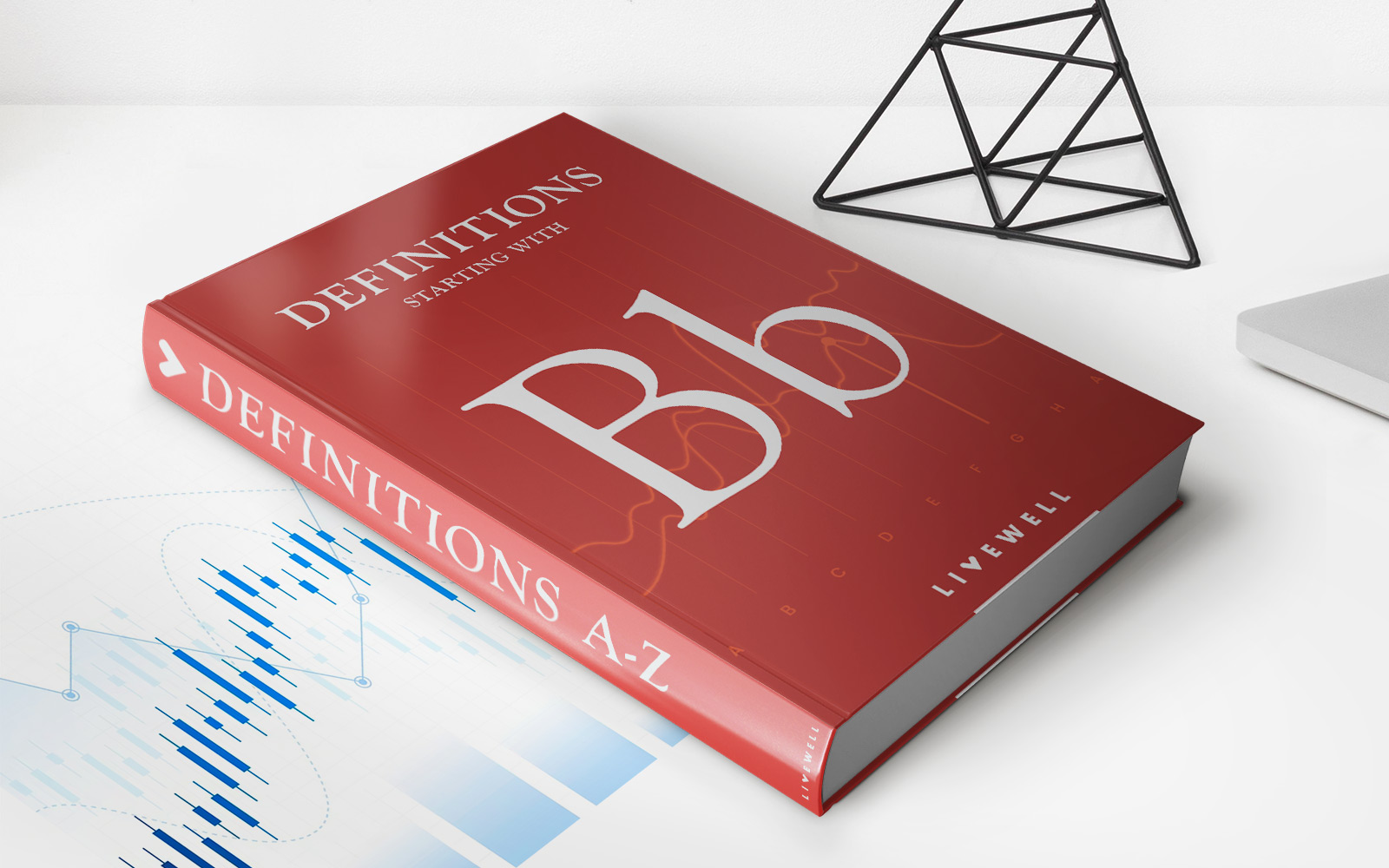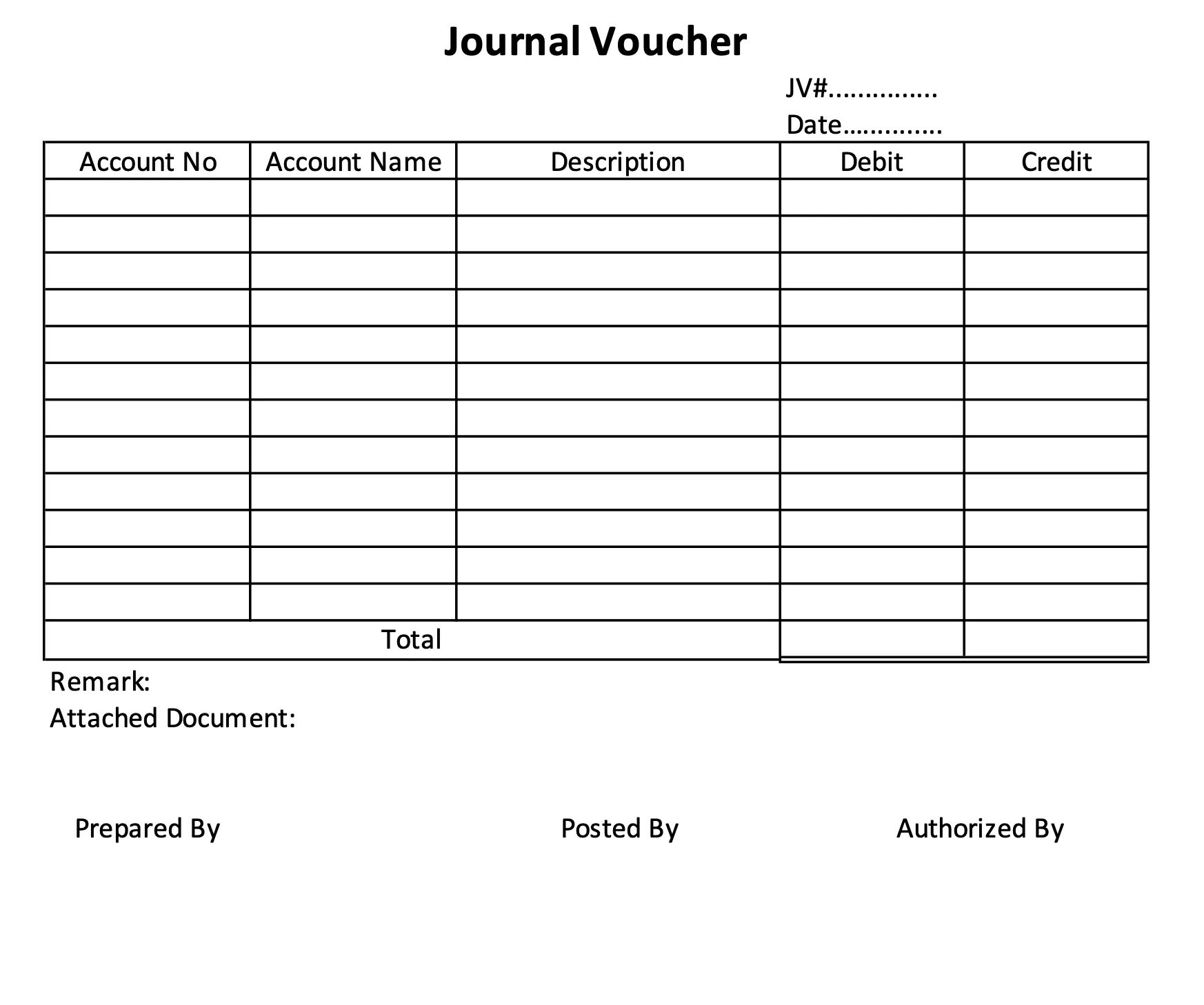Home>Finance>What Is The Best Way To Lower Credit Utilization To An Acceptable Level


Finance
What Is The Best Way To Lower Credit Utilization To An Acceptable Level
Published: March 6, 2024
Learn effective strategies for lowering credit utilization to improve your financial health. Discover the best ways to manage your finances and reduce credit card balances. Achieve an acceptable credit utilization ratio with expert tips and advice.
(Many of the links in this article redirect to a specific reviewed product. Your purchase of these products through affiliate links helps to generate commission for LiveWell, at no extra cost. Learn more)
Table of Contents
Introduction
Welcome to the world of credit utilization, where the way you manage your credit can significantly impact your financial well-being. Understanding and effectively managing your credit utilization is crucial for maintaining a healthy credit score and overall financial stability. In this comprehensive guide, we will delve into the concept of credit utilization, its impact on your financial health, and the best strategies to lower credit utilization to an acceptable level.
Credit utilization refers to the ratio of your credit card balances to your credit limits. It plays a pivotal role in determining your credit score and is a key factor that lenders consider when assessing your creditworthiness. By maintaining a low credit utilization ratio, you demonstrate responsible credit management and reduce the risk perceived by lenders.
In the following sections, we will explore the intricacies of credit utilization, including its calculation, impact on credit scores, and the potential consequences of high credit utilization. Moreover, we will equip you with actionable strategies to effectively lower your credit utilization and maintain a healthy financial profile. Whether you're aiming to improve your credit score, apply for a loan, or simply gain a deeper understanding of credit management, this guide will provide you with invaluable insights and practical tips to navigate the realm of credit utilization effectively.
Join us on this enlightening journey as we unravel the best practices for managing credit utilization and empower you to take control of your financial future. Let's embark on this enlightening expedition to discover the most effective ways to lower credit utilization and achieve financial stability.
Understanding Credit Utilization
Credit utilization is a fundamental concept in the realm of personal finance, encompassing the relationship between your credit card balances and credit limits. This crucial metric is expressed as a percentage and is calculated by dividing the total outstanding balances on your credit cards by the sum of your credit limits. For instance, if you have a total credit card balance of $2,000 and a combined credit limit of $10,000, your credit utilization ratio would be 20%.
It’s essential to grasp the significance of credit utilization, as it holds substantial weight in the determination of your credit score. Lenders utilize this metric to assess your credit management habits and gauge the level of risk associated with extending credit to you. A lower credit utilization ratio is generally perceived favorably, signaling responsible credit usage and financial prudence. On the other hand, a high credit utilization ratio may raise concerns among lenders, potentially impacting your ability to secure favorable loan terms or new lines of credit.
Understanding the impact of credit utilization on your financial standing is pivotal for making informed decisions regarding credit management. By maintaining a deep understanding of this concept, you can proactively take measures to optimize your credit utilization and bolster your overall financial health. As we delve deeper into this guide, we will uncover the intricate interplay between credit utilization and credit scores, shedding light on the nuances that underpin this critical aspect of personal finance.
The Impact of High Credit Utilization
High credit utilization can exert a significant influence on various facets of your financial landscape, particularly your credit score and borrowing capabilities. When your credit utilization ratio climbs to elevated levels, it sends a signal to potential lenders that you may be overly reliant on credit, potentially struggling to manage your finances effectively. As a result, this can lead to adverse outcomes that may hinder your financial objectives.
One of the most pronounced repercussions of high credit utilization is its detrimental effect on your credit score. Credit scoring models, such as FICO and VantageScore, consider credit utilization as a pivotal factor in calculating your credit score. A high credit utilization ratio can cause your credit score to decline, as it implies a heightened level of risk to lenders. Consequently, this may limit your access to favorable interest rates, hinder your ability to secure new lines of credit, and even impede your chances of obtaining approval for loans or mortgages.
Furthermore, high credit utilization can lead to increased interest payments, particularly if you carry balances on your credit cards from month to month. The accumulation of interest charges can exacerbate your financial burden and impede your progress toward achieving long-term financial stability. Additionally, persistently high credit utilization may result in credit limit reductions by card issuers, further constraining your available credit and exacerbating the impact on your credit score.
Moreover, elevated credit utilization can signal financial distress to potential lenders, diminishing your perceived creditworthiness and potentially tarnishing your financial reputation. This may have far-reaching implications, affecting your ability to secure favorable loan terms, rent an apartment, or even land certain job opportunities that involve a credit check.
By comprehending the profound impact of high credit utilization, you can proactively implement strategies to mitigate its adverse effects and safeguard your financial standing. In the subsequent sections, we will explore actionable approaches to lower credit utilization and pave the way toward a healthier credit profile and enhanced financial prospects.
Strategies to Lower Credit Utilization
Lowering your credit utilization is a pivotal step toward optimizing your credit profile and enhancing your financial well-being. By employing effective strategies to reduce your credit card balances relative to your credit limits, you can positively impact your credit score and bolster your creditworthiness. Here are several actionable strategies to lower your credit utilization:
- Pay Down Balances: Prioritize paying down your credit card balances to decrease your credit utilization ratio. Allocating additional funds toward reducing outstanding balances can yield significant improvements in your credit utilization and, consequently, your credit score.
- Request a Credit Limit Increase: Contact your credit card issuers to inquire about the possibility of increasing your credit limits. By obtaining higher credit limits, you can effectively lower your credit utilization ratio, provided that your balances remain consistent.
- Use Balance Transfer Offers: Explore balance transfer offers that enable you to consolidate high-interest credit card balances onto a single card with a lower or 0% introductory APR. This can facilitate quicker debt repayment and contribute to lowering your credit utilization.
- Limit Credit Card Usage: Temporarily curb your credit card expenditures to prevent further escalation of your credit card balances. By exercising restraint in using your credit cards, you can mitigate the accumulation of additional debt and gradually reduce your credit utilization ratio.
- Make Multiple Payments Each Month: Instead of making a single monthly payment, consider making multiple payments throughout the billing cycle. This approach can help keep your credit card balances in check and lower your credit utilization ratio before the statement closing date.
Implementing these strategies requires discipline and a proactive approach to managing your finances effectively. By taking deliberate steps to lower your credit utilization, you can position yourself for improved financial stability, enhanced creditworthiness, and greater flexibility in pursuing your financial goals.
Monitoring and Maintaining a Healthy Credit Utilization
After implementing strategies to lower your credit utilization, it is imperative to consistently monitor and maintain a healthy credit utilization ratio to safeguard your financial well-being. By remaining vigilant and proactive in managing your credit utilization, you can fortify your credit profile and ensure that you are well-positioned to achieve your financial objectives. Here are essential steps to monitor and maintain a healthy credit utilization:
- Regularly Check Your Credit Utilization: Routinely review your credit card balances and credit limits to calculate your credit utilization ratio. By staying informed about your credit utilization, you can promptly identify any fluctuations and take corrective action as needed.
- Set Up Balance Alerts: Many credit card issuers offer the option to set up balance alerts, notifying you when your credit card balances approach a certain threshold. Leveraging these alerts can help you stay mindful of your credit utilization and take proactive measures to manage it effectively.
- Utilize Credit Monitoring Services: Consider utilizing credit monitoring services that provide comprehensive insights into your credit profile, including your credit utilization ratio. These services can offer valuable guidance and alerts to help you maintain a healthy credit utilization ratio.
- Avoid Closing Unused Credit Accounts: While it may be tempting to close unused credit accounts, doing so can potentially increase your overall credit utilization ratio. Instead, keep these accounts open to maintain a lower aggregate credit utilization across your cards.
- Practice Responsible Credit Management: Cultivate prudent credit management habits by paying your credit card balances in full and on time, avoiding excessive spending, and refraining from carrying high balances from month to month. These practices contribute to sustaining a healthy credit utilization ratio.
By diligently monitoring and maintaining a healthy credit utilization, you can fortify your financial resilience and optimize your creditworthiness. Consistent vigilance and proactive credit management are integral to preserving a favorable credit utilization ratio and positioning yourself for long-term financial success.
Conclusion
Credit utilization stands as a cornerstone of sound financial management, wielding a profound influence on your credit score and overall financial well-being. By comprehending the intricacies of credit utilization and its impact, you can navigate the realm of personal finance with heightened awareness and strategic acumen. As we conclude this comprehensive guide, it is essential to underscore the pivotal role of credit utilization in shaping your credit profile and lending prospects.
Embarking on the journey to lower credit utilization requires a multifaceted approach, encompassing prudent debt repayment, judicious credit card usage, and proactive monitoring of your credit balances. By implementing actionable strategies such as paying down balances, seeking credit limit increases, and leveraging balance transfer offers, you can effectively lower your credit utilization and fortify your creditworthiness. Moreover, maintaining a vigilant stance in monitoring your credit utilization and practicing responsible credit management are critical elements in sustaining a healthy credit profile.
As you strive to optimize your credit utilization and fortify your financial standing, remember that each deliberate step toward lowering your credit utilization contributes to a more robust credit profile and enhanced financial flexibility. By aligning your efforts with the principles outlined in this guide, you can position yourself for improved access to credit, favorable loan terms, and a solid foundation for achieving your financial aspirations.
Armed with a deeper understanding of credit utilization and equipped with actionable strategies, you are empowered to proactively shape your financial destiny. By integrating these insights into your financial decision-making and cultivating prudent credit management habits, you can chart a course toward sustained financial prosperity and realize your long-term objectives with confidence and resilience.
As you embark on this journey, remember that your commitment to managing credit utilization effectively is a testament to your financial astuteness and your dedication to securing a stable and prosperous future. Embrace the principles outlined in this guide, and let them serve as a compass guiding you toward enduring financial well-being and empowerment.














